Tire Numbers and What They Mean - Tyre Codes Explained
We all have been looking at those erratic numbers and symbols on tyres now and then, right, but are we supposed to know what alphanumeric tyre numbers means while buying a tyre? The only answer is yes, we must be able to identify the tyre numbers and what they mean.
Tyre code has a great significance since the code on the sidewall determines the feature of the tyre, and a portion of its key restrictions, for example, speed limit, and load-bearing capacity. But most importantly the code is decisive in terms of compatibility with your vehicle; you can’t just buy any tyre, that would be ridiculously futuristic, right?
Spoiler alert! We are not living in a futuristic fantasy world, so, In order to make an educated buy we must train our naked eye to understand the code on the tyre, so, to begin with, let us start seeing instead of looking. At first glance, the numbers might look like a Dorabella cipher but do not worry this article is going to transform you into tyre guru.
Explanation of tyre codes
Let’s look at a typical example of an ISO Metric tyre code:
NAME P215/65R15 95H M+S MANUFACTURER
Here is a sketchy breakdown of the code:
Code | Description |
P | intended use or vehicle class for the tyre |
215 | Nominal section width in millimetre |
65 | Nominal aspect ratio |
R | Tyres Internal Construction |
15 | Rim diameter code |
95 | Load Index |
H | Speed Symbol, indicating max. Speed |
M+S | Snow condition |
For better understanding let us break down the code in detail piece by piece
Service Type - P
It is an optional letter or letters to indicate the intended vehicle for the tyre & that the tyre is engineered according to Tyre and Rim Association (TRA) standards. If there is no letter(s) than the tyre is engineered according to European Tyre and Rim Technical Organisation (ETRTO) standards.
Following are letter(s) corresponding to the respective vehicle:
- LT – Light Truck
- P – Passenger Car
- ST – Special Trailer
- C – Euro-metric sizes
- M – Motorcycles.
- T – The tyre is temporary (spare).
- No letter – A metric-sized tyre
Section Width – 215
The measurement, in millimeters, from inner sidewall to the outer sidewall of the tyre is called Section width of a tyre also known as cross section width.
Here is how is the section width is measured
- There is no load on the tyre
- The tyre is installed on the industry-grade measuring rim
- The tyre is inflated to a proper pressure
The width of the measuring rim is coequal to tyre size. The size of the rim changes with the tyre's Section Width and Aspect Ratio. Following are the rim widths and their corresponding tyre widths.
Rim Width | Min tyre width | Ideal tyre width | Max tyre width |
5.0" | 155 mm | 165 to 175 mm | 185 mm |
5.5 " | 165 mm | 175 to 185 mm | 195 mm |
6.0 " | 175 mm | 185 to 195 mm | 205 mm |
6.5 " | 185 mm | 195 to 205 mm | 215 mm |
7.0 " | 195 mm | 205 to 215 mm | 225 mm |
7.5 " | 205 mm | 215 to 225 mm | 235 mm |
8.0 " | 215 mm | 225 to 235 mm | 245 mm |
8.5 " | 225 mm | 235 to 245 mm | 255 mm |
9.0 " | 235 mm | 245 to 255 mm | 265 mm |
9.5 " | 245 mm | 255 to 265 mm | 275 mm |
10.0" | 255 mm | 265 to 275 mm | 285 mm |
10.5" | 265 mm | 275 to 285 mm | 295 mm |
11.0" | 275 mm | 285 to 295 mm | 305 mm |
11.5" | 285 mm | 295 to 305 mm | 315 mm |
12.0" | 295 mm | 305 to 315 mm | 325 mm |
12.5" | 305 mm | 315 to 325 mm | 335 mm |
*Minimum figures are a safe figure *Stretching tyres not recommended outside this table | |||
Nominal Aspect Ratio - 65
Percentage of the nominal section width of the tyre as a sidewall height is known as the aspect ratio. If the nominal aspect ratio is 45 than the sidewall height of the tyre is 45%, hence tyres sidewall height is directly proportional to aspect ratio. In case, the nominal aspect ratio exceeds 200 then this is the indication that the diameter of the entire tyre is in millimeters. If there is no aspect ratio than it is assumed to be 82%.
Tyre internal construction - R
The material used in the construction of the fabric carcass of the tyre is indicated with this optional letter. If the letter doesn’t exist this means the tyre is cross-ply.
Following are letters specifying the materials used in tyres internal construction.
- B - Bias Belt
- D - Diagonal
- R - Radial
- RF – Run Flat
Rim diameter code - 15
Rim diameter is expressed in inches, it indicates the wheels that the tyres are engineered to fit.
Diameter in inches | Width in inches | Measured on this rim width | Metric size tyre | Will fit in these rims |
25.5 | 8.9 | 7 | 215/50/17 | 6 – 7.5 |
26.3 | 8.9 | 7 | 215/55/17 | 6 – 7.5 |
25.9 | 9.17 | 7 | 225/50/17 | 6 – 8 |
26.8 | 9.2 | 7 | 225/55/17 | 6 – 8 |
26.7 | 9.17 | 7 | 225/55/17 | 6 – 8 |
25.4 | 9.3 | 8 | 235/45/17 | 7.5 – 9 |
25.7 | 9.6 | 8 | 245/45/17 | 7.5 – 9 |
28.6 Stock 18’’ tyres | 9 | 6.5 | 225/60/18 | 6 – 8 |
26.6 | 9.57 | 8 | 245/45/18 | 7.5 – 9 |
Load index – 95
The maximum load a tyre can carry when inflated to recommended pressure is known as load index. The manufacturer assigns load index to a tyre.
Following are the Load Index (LI) a numerical code associated with the maximum load (Kg) a tyre can carry.
LI | kg | LI | kg | LI | kg | LI | kg | LI | kg |
50 | 190 | 65 | 290 | 80 | 450 | 95 | 690 | 110 | 1060 |
51 | 195 | 66 | 300 | 81 | 462 | 96 | 710 | 111 | 1090 |
52 | 200 | 67 | 307 | 82 | 475 | 97 | 730 | 112 | 1120 |
53 | 206 | 68 | 315 | 83 | 487 | 98 | 750 | 113 | 1150 |
54 | 212 | 69 | 325 | 84 | 500 | 99 | 775 | 114 | 1180 |
55 | 218 | 70 | 335 | 85 | 515 | 100 | 800 | 115 | 1215 |
56 | 224 | 71 | 345 | 86 | 530 | 101 | 825 | 116 | 1250 |
57 | 230 | 72 | 355 | 87 | 545 | 102 | 850 | 117 | 1285 |
58 | 236 | 73 | 365 | 88 | 560 | 103 | 875 | 118 | 1320 |
59 | 243 | 74 | 375 | 89 | 580 | 104 | 900 | 119 | 1360 |
60 | 250 | 75 | 387 | 90 | 600 | 105 | 925 | 120 | 1400 |
61 | 257 | 76 | 400 | 91 | 615 | 106 | 950 | 121 | 1450 |
62 | 265 | 77 | 412 | 92 | 630 | 107 | 975 | 122 | 1500 |
63 | 272 | 78 | 425 | 93 | 650 | 108 | 1000 | 123 | 1550 |
64 | 280 | 79 | 437 | 94 | 670 | 109 | 1030 | 124 | 1600 |
Following are the Load capacities at their respective tyre pressures – standard load car tyres.
Load Index | 2.0 | 2.1 | 2.2 | 2.3 | 2.4 | 2.5 |
62 | 220 | 230 | 240 | 250 | 255 | 265 |
63 | 230 | 235 | 245 | 255 | 265 | 272 |
64 | 235 | 245 | 255 | 260 | 270 | 280 |
65 | 245 | 250 | 260 | 270 | 280 | 290 |
66 | 250 | 260 | 270 | 280 | 290 | 300 |
67 | 255 | 265 | 275 | 285 | 295 | 307 |
68 | 265 | 275 | 285 | 295 | 305 | 315 |
69 | 270 | 285 | 295 | 305 | 315 | 325 |
70 | 280 | 290 | 300 | 315 | 325 | 335 |
71 | 290 | 300 | 310 | 325 | 335 | 345 |
72 | 295 | 310 | 320 | 330 | 345 | 355 |
73 | 305 | 315 | 330 | 340 | 355 | 365 |
74 | 315 | 325 | 340 | 350 | 365 | 375 |
75 | 325 | 335 | 350 | 360 | 375 | 387 |
76 | 335 | 350 | 360 | 375 | 385 | 400 |
77 | 345 | 360 | 370 | 385 | 400 | 412 |
78 | 355 | 370 | 385 | 400 | 410 | 425 |
79 | 365 | 380 | 395 | 410 | 425 | 437 |
80 | 375 | 390 | 405 | 420 | 435 | 450 |
81 | 385 | 400 | 415 | 430 | 445 | 462 |
82 | 395 | 415 | 430 | 445 | 460 | 475 |
83 | 405 | 425 | 440 | 455 | 470 | 487 |
84 | 420 | 435 | 450 | 470 | 485 | 500 |
85 | 430 | 450 | 465 | 480 | 500 | 515 |
86 | 445 | 460 | 480 | 495 | 515 | 530 |
87 | 455 | 475 | 490 | 510 | 525 | 545 |
88 | 470 | 485 | 505 | 525 | 540 | 560 |
89 | 485 | 505 | 525 | 545 | 560 | 580 |
Speed Symbol (SSY) – H
Speed symbol determines the maximum speed a tyre can carry a load specified via load index.
SPEED SYMBOL | SPEED (KM/H) | SPEED (MPH) |
Al | 5 | 3 |
A2 | 10 | 6 |
A3 | 15 | 9 |
A4 | 20 | 12 |
AS | 25 | 16 |
A6 | 30 | 19 |
A7 | 35 | 22 |
A8 | 40 | 25 |
13 | 50 | 31 |
C | 60 | 37 |
0 | 65 | 40 |
E | 70 | 43 |
F | 80 | 50 |
G | 90 | 55 |
J | 100 | 62 |
K | 110 | 68 |
L | 120 | 75 |
M | 130 | 81 |
N | 140 | 87 |
O | 150 | 93 |
P | 160 | 99 |
Q | 170 | 106 |
R | 180 | 112 |
S | 190 | 118 |
T | 200 | 124 |
U | 210 | 130 |
V | 240 | 149 |
W | 270 | 168 |
Y | 300 | 186 |
(Y)ZR* | 314 OPEN-ENDED | 195 OPEN-ENDED |
Snow condition – M+S
These letters indicate the weather conditions tyres are fit for. Snow tires have depper tread patterns than those on summer tires, expanding footing on snow and ice.
M+S or M&S | Mud and Snow |
M+T or M&T | Mud and Terrain |
Further into tyre codes
Following are some of the tyre codes revealing additional information associated with the tyre.
BSW | Black Sidewall |
BSB | Broken Serrated Band |
WSW | White Sidewall |
OWL | Outline white lettering |
ORWL | Outline raised white lettering |
RWL | Raised white lettering |
VSB | Vertical serrated band |
BSL | Black serrated letters |
E4 | E: approved according to ECE-Regulations 4: country of approval |
030908 (XXXXXX) | Approval number |
TL | Tubeless tyre |
TT | Tube-type tyre |
C | Commercial tyre (Light Truck) |
B | Bias Belted Tyre (Motorcycle) |
SFI | Side Facing Inwards; inside of asymmetric tyres |
SFO | Side Facing Outwards; inside of asymmetric tyres |
LL | Light load |
SL | Standard load |
XL | Extra load |


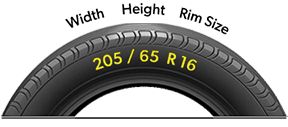





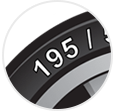
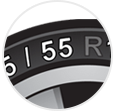
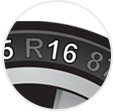
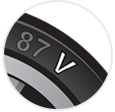
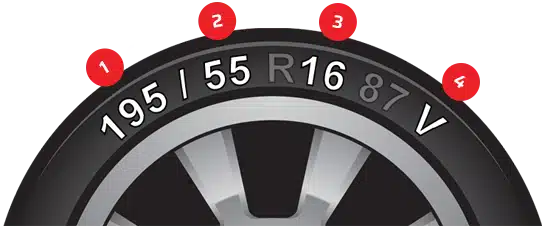
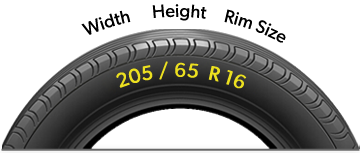

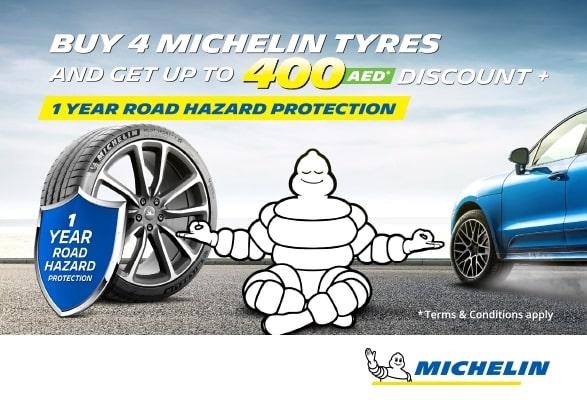

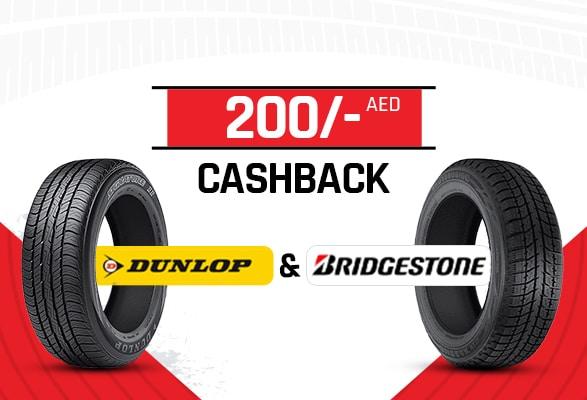


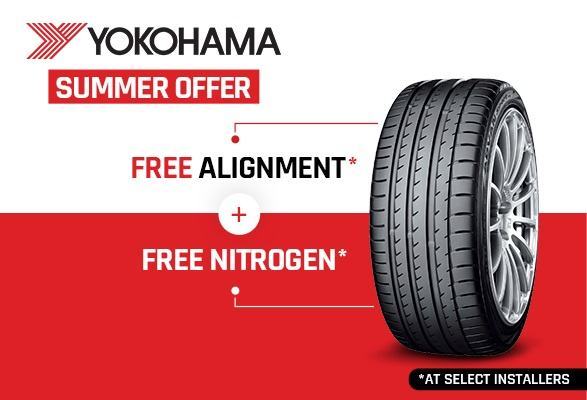
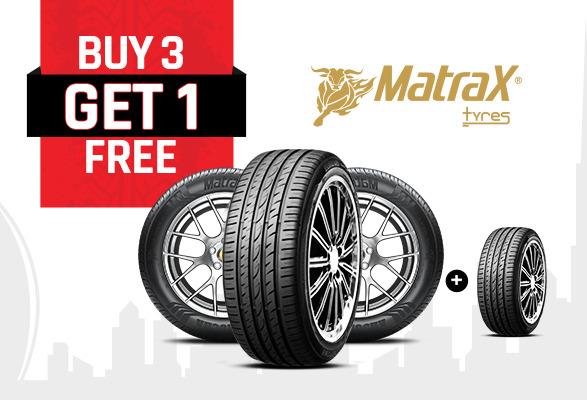
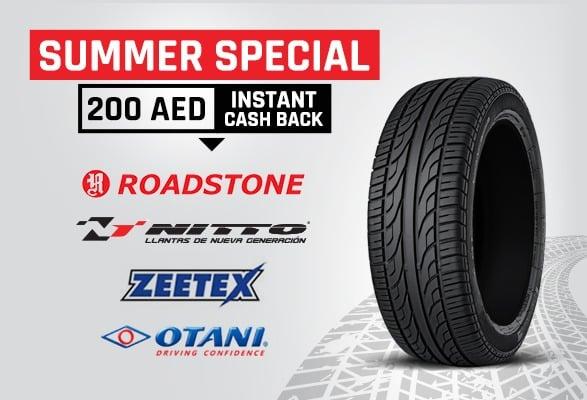

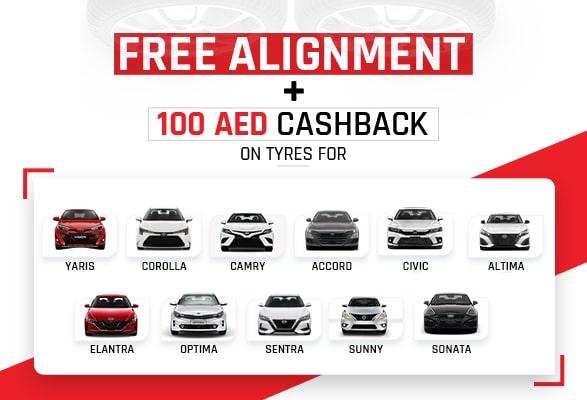


















Conclusion
A perfect match of the tyre can guarantee unparallel driving experience as well as ensures the long life of the tyre and the vehicle. Above tyre markings will help you find the compatible tyre for your vehicle hence saving you the enigma of being wrong. In case you think, you cannot decode the code or it seems like an impossible mystery we do have a solution for that too, just go to Pitstoparabia and enter your vehicles make and model to find the compatible tyre.